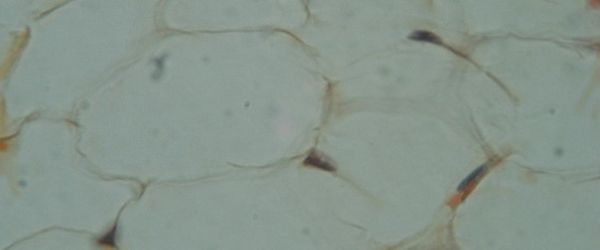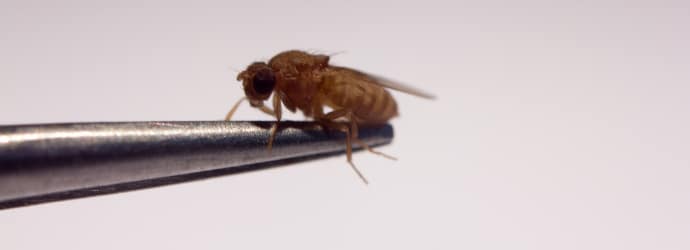Some techniques can sound very dry but this isn’t one of them!
SAGE was first described and published by Velculescu et al. in 1995. At the time, techniques like RNA blotting and expressed sequence tagging were used to study gene expression. However techniques like these were slow and very limited. The speed of SAGE and the ability to study many genes, as small as 10-14bp was a huge step forward in genetics.
SAGE allows you to digitally analyze gene expression patterns. Not just of a few genes but for a cell’s complete gene expression profile. SAGE starts with mRNA and end with neat graphs that allow you to compare the gene expression of normal, developmental and diseased cells. I bet you can imagine plenty of times this would be useful. So let’s take a look how this technique works.
How does SAGE work?
Let’s take a look at the steps:
First, you need to prep your cDNA and purify your cDNA:
Step 1: Isolate your mRNA and perform reverse transcription using reverse transcriptase and biotinylated primers to generate the corresponding cDNA. Using biotinylation will allow you to isolate your cDNA fragments later on in the process.
Step 2: Mix your cDNA with streptavidin beads. These beads will bind to the biotin-cDNA complex. (You might recognize streptavidin-biotin interaction from western blotting and immunohistological staining techniques – streptavidin-biotin is a very strong bond useful in lots of techniques.)
Step 3: Next cleave the cDNA using a restriction endonuclease enzyme, called an anchoring enzyme. If you remember your Biochemistry 101: restriction enzymes cut at specific points, called a restriction site. So the enzyme you choose will depend on where you would like it to cut. Chef’s choice. And since each cDNA fragment is different, each one will be cut at a different place. Where depends on where the restriction enzymes corresponding site is located on the individual fragments. The result of this cleavage is that the beads are bound to cDNA fragments of various lengths with the same sequence at their exposed end.
Step 4: Cleaved cDNA that is no longer bound to the beads is now removed by rinsing. And the remaining bound cDNA is divided into two solutions.
Image 1: SAGE workflow.

Second, you need to ligate your cDNA to tags:
Step 5: Next an oligonucleotide – either A or B – is added to each solution. You can see oligo A and B being added in Image 1 after your sample is split into two samples. These A and B oligonucleotides have a few notable features: 1) An attachment site or “sticky ends” containing the anchoring enzyme cut site. These attachment sites when digested bind the cleaved cDNA. 2) A recognition site for another type of restriction enzyme called a tagging enzymes. 3) And a short primer sequence that can bind adaptor A or B (this will be used during the PCR step to follow). The adaptors A & B ligate to the cDNA.
Step 6: Now a tagging enzyme is used to cleaved the cDNA. This removes the cDNA from the beads to create a short “tag” of around 11 nucleotides (+4 nucleotides that correspond to the anchoring enzyme recognition site).
Step 7: These tags have sticky ends but are repaired using DNA polymerase (DNAP). This gives you blunt end fragments that are still bound to the adaptor primer-anchoring enzyme site-tagging enzyme site oligonucleotide.
Third, you ligate your tagged cDNAs together:
Step 8: Now it is time to ligate the blunt-end tags together to generate ditags with A and B adaptor ends. This string is then amplified by PCR using A and B primers.
Step 9: The anchoring enzyme is then used to cleave the ditags to remove the A and B oligonucleotides and allow the ditags to form long chains cDNA, called cDNA concatemers, where each ditag is separated by an anchoring enzymes recognition site.
Lastly, you transform, purify and sequence your ligated cDNAs:
Step 10: Then transform your concatemers into bacteria and allow the bacteria to replicate to form high quantities of your concatemers.
Step 11: The final step (Yay! You made it.) is to isolate your concatemers using your favorite protocol. Then use high-throughput DNA sequencing to quantify each individual tag. And create a gene expression profile for your original sample of mRNA-containing cells.
You are now the mage of SAGE! Hope that helps and keep your eye out for SAGE part 2 where I cover different types of SAGE and why they are useful.







